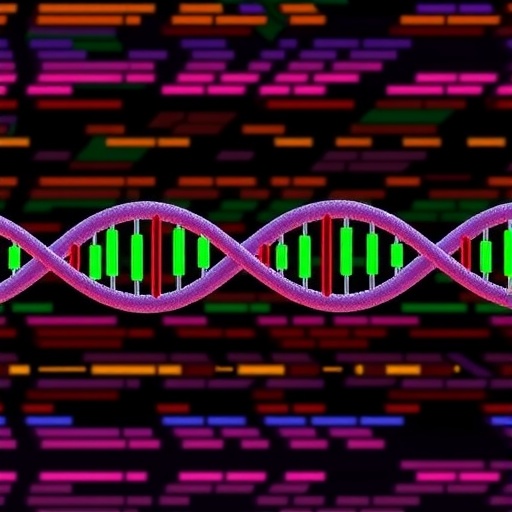Studying the food poisoning bacteria E. coli may have led scientists to discover a new and improved tool to detect cancer.
In a collaborative research project, scientists from Griffith University's Institute for Glycomics, the University of Adelaide and University of Queensland have detailed their findings in a new paper published in Scientific Reports.
Professor Michael Jennings from the Institute for Glycomics said the E. coli produces a toxin which binds to an unusual sugar that is part of carbohydrate structures present on cells (Neu5Gc) which is not usually produced by healthy cells.
"The structure that the toxin recognises is known to be a tumour antigen, that is, a substance produced by tumour cells which are recognised markers for cancer detection and diagnosis."
The research team then took the naturally-occurring toxin and engineered it to change the protein make-up so it became entirely specific to detecting only this singular tumour antigen structure.
"The real innovation here is that we have converted something that was discovered in an infectious disease research program into food poisoning and were able to utilise it as a tool for potentially detecting tumour antigens," Professor Jennings said.
This tumour antigen is made by a wide range of cancers including breast and ovarian cancer.
"There's a saying in science that chance favours the prepared mind and because at the Institute we work with both infectious diseases and cancer research there was a cross fertilization of ideas and opportunity."
"We were very surprised at how well the engineering of this protein worked and we were able to remove the binding characteristics that were useless in a diagnostic sense and re-engineer it to make it totally specific for the tumour antigen target," he said.
The Neu5Gc is expressed at very high levels on cancer cells but not normal cells so the discovery of Neu5Gc indicates the patient may be suffering cancer.
Humans are unable to make Neu5Gc but is absorbed into the human body through dietary intake of red meat and dairy.
Professor Jennings said more research has to be done but the important thing is this new tool has the potential to detect far more sensitively, a wide range of possible cancers.
###
Media Contact
Ben Dobson
[email protected]
043-565-1602
@Griffith_Uni
http://www.griffith.edu.au
http://dx.doi.org/10.1038/s41598-017-01522-9
############
Story Source: Materials provided by Scienmag




